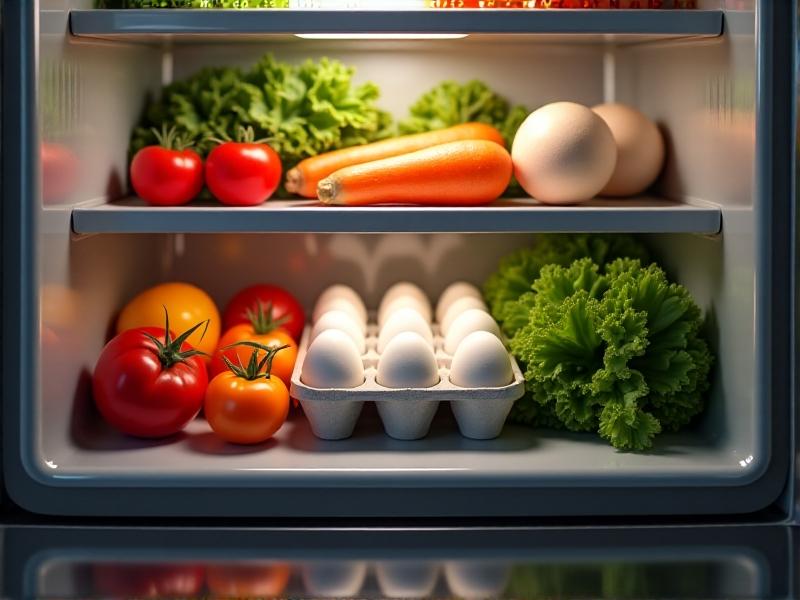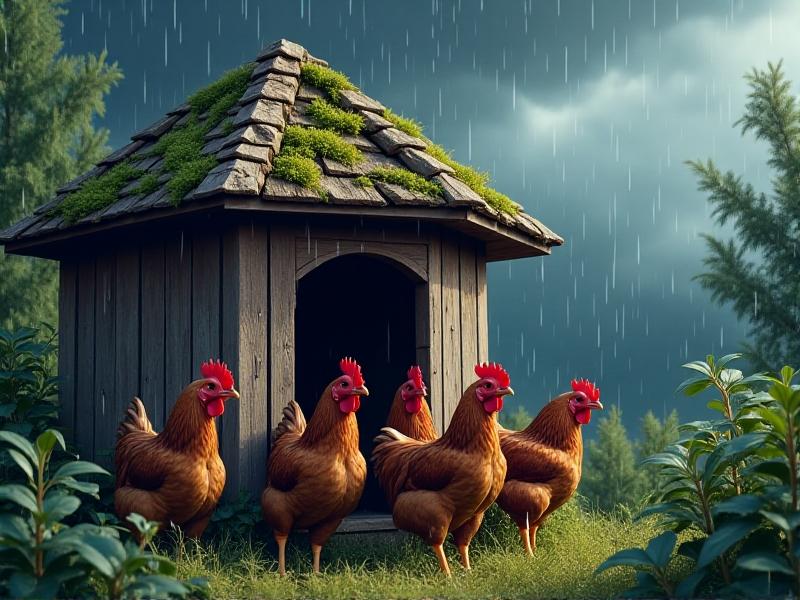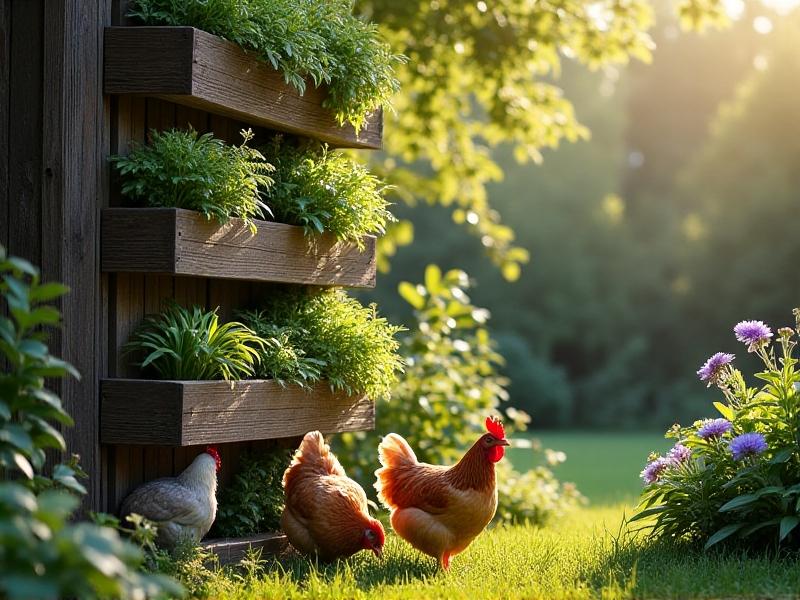Seasonal Molting Support: Nutrition for Urban Hens
Understanding the Molting Process in Urban Hens
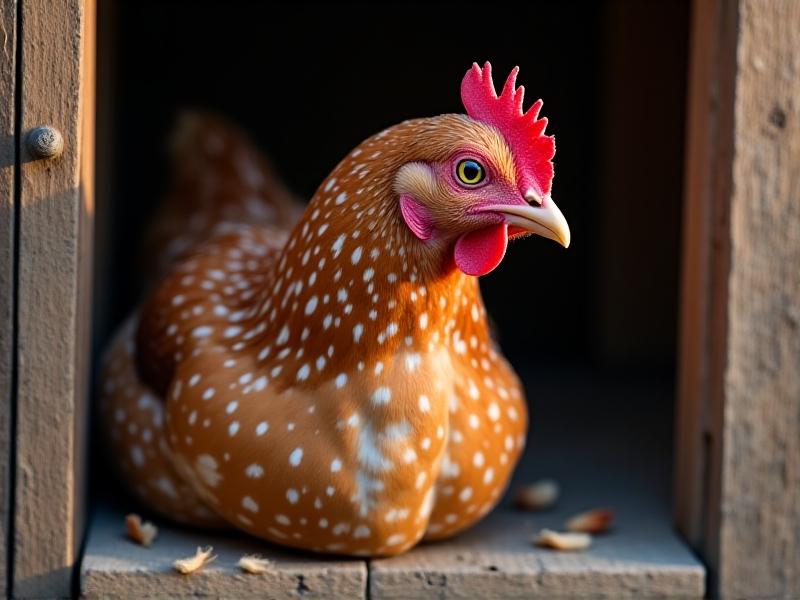
Molting is a natural, energy-intensive process where hens shed old feathers and regrow new ones. For urban hens, this cycle often aligns with shorter daylight hours in autumn, triggered by hormonal changes. During this time, egg production slows or stops as the hen’s body redirects resources toward feather regeneration. Urban settings add unique stressors: limited foraging space, artificial lighting, and exposure to noise or pollution can exacerbate the physical toll of molting. Recognizing the signs—patchy feathers, reduced activity, and decreased appetite—is the first step in providing targeted care. Understanding the biology behind molting helps urban poultry keepers tailor their support strategies effectively.
Essential Nutrients for Feather Regrowth

Feathers are composed of 85–90% keratin, a protein requiring ample amino acids like methionine and lysine. Urban hens benefit from diets boosted with animal-based proteins (e.g., mealworms, fish meal) or legumes during molting. Calcium and zinc support keratin synthesis, while omega-3 fatty acids reduce inflammation and improve feather sheen. B vitamins, particularly biotin, are critical for cellular repair. Commercial molt-specific feeds can simplify this balance, but supplementing with kitchen scraps like scrambled eggs or spinach adds variety and nutrient density. Prioritizing these nutrients ensures efficient regrowth and minimizes prolonged stress.
Optimizing Feed During Molting Season
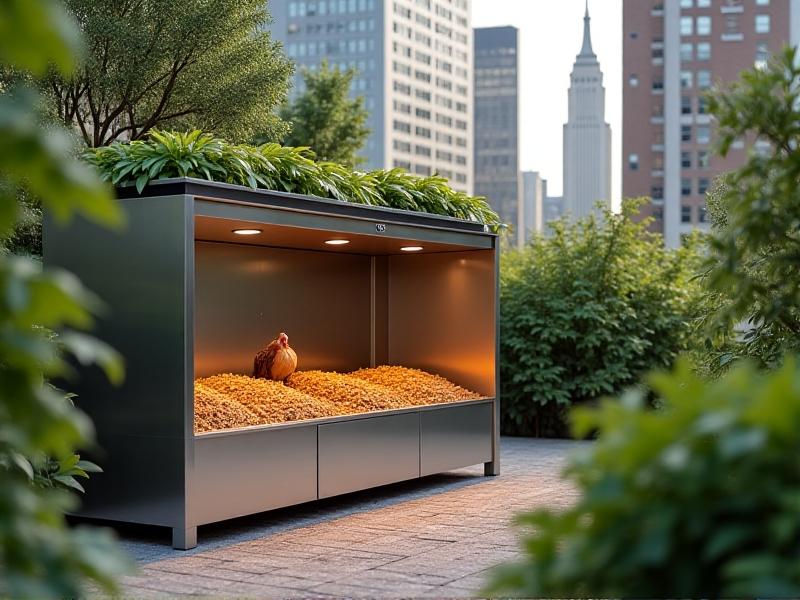
During molting, increase protein intake to 18–22% of the diet, compared to the usual 16%. Replace low-quality grains with protein-rich alternatives like soybean meal or dried shrimp. Offer smaller, frequent meals to encourage eating despite reduced appetite. Hydration is crucial—add electrolytes or apple cider vinegar to water for immune support. Avoid high-fiber treats like lettuce, which fill hens without providing nutrients. Instead, focus on calorie-dense snacks like pumpkin seeds or cottage cheese. Urban keepers with limited space can use hanging feeders to reduce waste and keep feed clean, ensuring hens access optimal nutrition effortlessly.
Addressing Urban-Specific Stressors During Molting

City life introduces challenges like traffic noise, artificial light pollution, and predator stress (e.g., rats or dogs). These factors can prolong molting by keeping hens in a heightened state of alertness. Use soundproofing materials on coop walls or plant dense shrubs as buffers. Maintain consistent light cycles with blackout curtains to mimic natural daylight rhythms. Provide hiding spots or covered areas within the coop to create safe zones. Incorporating herbs like lavender or mint in nesting boxes can have calming effects. Reducing stressors helps conserve the hen’s energy for feather regrowth and immune function.
Natural Supplements and Treats to Boost Recovery
Beyond commercial feeds, natural supplements can accelerate recovery. Dried seaweed provides iodine and trace minerals for metabolic health. Fermented garlic in water acts as a natural dewormer and immune booster. Fresh herbs like parsley (rich in iron) and oregano (antimicrobial) enhance both diet and environmental enrichment. Foraging trays filled with compost scraps or sprouted lentils encourage mental stimulation and nutrient intake. Avoid avocado or raw beans, which are toxic, and focus on safe, kitchen-approved options like cooked quinoa or yogurt. These additions not only diversify the diet but also align with urban sustainability practices.
Post-Molt Care: Ensuring Long-Term Health
Once feathers regrow, gradually transition back to a maintenance diet (14–16% protein) to avoid renal strain. Monitor for lingering bald spots or lethargy, which could indicate parasites or nutritional gaps. Introduce probiotics to restore gut health after the metabolic demands of molting. Schedule a veterinary check-up if weight loss exceeds 10% or recovery stalls. Reinforce coop cleanliness to prevent infections from new feather shafts. Urban keepers should also assess their flock’s environment—adding dust baths with diatomaceous earth or sand helps maintain plumage. Celebrating the end of molting with a balanced approach ensures hens re-enter egg-laying cycles robust and resilient.



